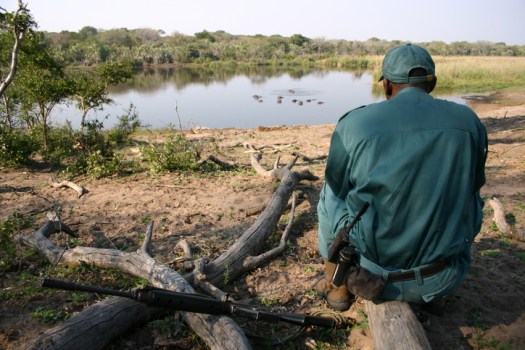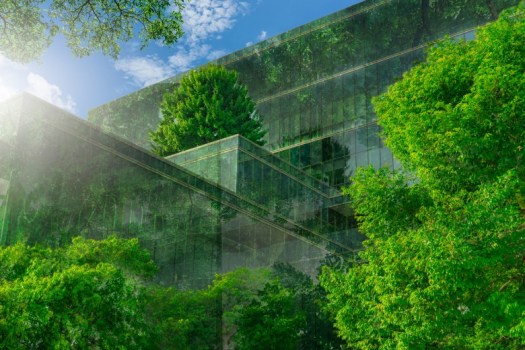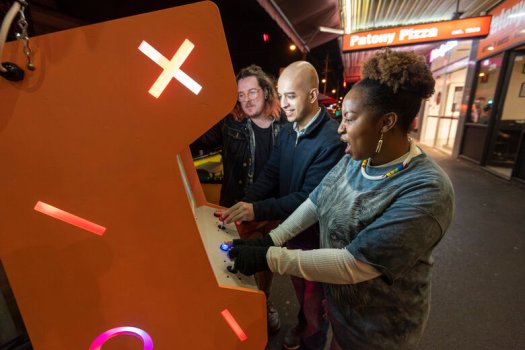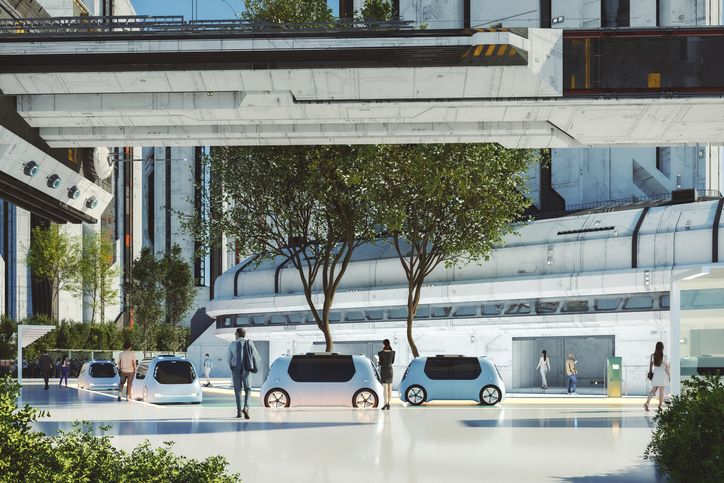
High-density, high-rise buildings next to public transport, micromobility hubs, sidewalk robots, delivery drones, driverless buses and air taxis – that’s the scenario urban planners need to prepare for, according to a visiting Canadian expert.

Andrew Miller, a senior leader on Urban Solutions for engineering and development consultants Hatch, spoke to Government News during a recent visit to Australia where he delivered a keynote address to the UDIA congress in Perth.
In his previous role as mobility lead for Google’s smart-city firm Sidewalk Labs, Dr Miller led development of innovative mobility systems for a proposed city of the future on the Toronto waterfront, and he’s presented at conferences on automated driving and the future of mobility around the world.
Climate change, mobility and ‘next practice’
In Perth, Dr Miller spoke to developers and local government representatives about climate change, mobility and the future of city building.
“The gist of my remarks was that climate change is real, it’s human-caused, and it’s a problem that the world has to solve,” he told Government News.
“What falls to the people who build cities, is to get carbon emissions from buildings and transport down to zero.”
However, we need to change our approach, he said. Dr Miller believes best practice no longer cuts it, and what’s needed is what he calls “next practice”.
Best practice is good but we need next practice to solve the problems we have.
Andrew Miller
“The tools we’ve been using to get people to live in cities up to now are not working,” Mr Miller said.
“It takes too long and costs too much to build new transport, housing prices have gone way up because land use regulations don’t permit as much growth in cities as there’s demand for, not just in Australia but global cities around the world.
“What we need is a combination of wise and judicious use of new technology and appropriate planning next practices. Best practice is good but we need next practice to solve the problems we have.”
According to Dr Miller, this includes reform of regulation and planning codes, a shift towards modular construction, timber construction and high density centres near public transport.
We need better ability to build very high next to high order transit. we need to have electric scooters and electric bikes and good bike pathways and we need to make way for the future of automated objects moving in our cities.
“We need better ability to build very high next to high order transit, we need to have electric scooters and electric bikes and good bike pathways and we need to make way for the future of automated objects moving in our cities,” he says.
“That’s sidewalk robots to deliver us our goods, automated driving in our buses and hire cars and in our aircraft, drones to deliver us packages, air taxis to deliver us on medium destination trips.”
The future is already here
The scenario Dr Miller paints might sound futuristic, but he insists it isn’t.
“It’s not futuristic,” he tells Government News. “We have air taxis in Rome today, we’ll have them in Manhattan later this year. We have sidewalk robots today in Tokyo and Pittsburg and Philadelphia and Miami.
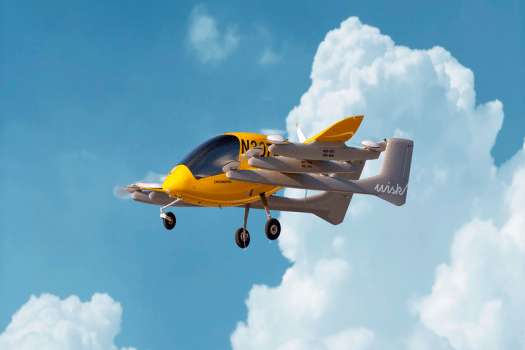
“China has trackless trams and automated buses in operation. You can hail a robotaxi today in LA or San Francisco, or Phoenix, Beijing, Shanghai and Shenzhen.
“It’s not science fiction. These things exist in the world today. It’s just a question of whether Australia wishes to admit them to its cities. Part of my argument is that we should.”
Dr Miller says while Australia isn’t up there with the world leaders in the area – Japan, China and the US – it isn’t lagging.
He cites the piloting of drone deliveries in Canberra, and as reported by Government News, South East Queensland councils have entered a partnership with a global autonomous aircraft company to develop an electronic self-flying air taxi service.
Google’s drone delivery service opened its fourth drone hub in Queensland in late 2022, delivering around 150,000 packages in Australia through 2022.
Meanwhile, air taxi infrastructure startup Skyportz has announced a partnership with Secure Parking and is hoping to deliver more than 400 potential air taxi landing sites in Australian locations ahead of their intended launch date in 2024 or 2025..
Toyota, Uber, Airbus and Hyundai are also investing in the electric aircraft sector.
Building economies of scale against climate change
Dr Miller says despite a worldwide trend of decentralisation and moving populations into regions, future-focused city planning means building more homes in cities.
Only by increasing urban density can climate change be combatted, he says.
“You can’t fight climate change without having cities get bigger,” he says.
“It’s only by having people living in cities that we can get the density to reduce the scaling down of carbon emissions, because when you get people together in dense places that’s when you get economies of scale.
You can say it sounds strange fighting climate change by putting people in cities but surely if you try to get everyone into a detatched home and sprawl from one end of the horizon to the other, that’s much more inefficient.
“You can say it sounds strange fighting climate change by putting people in cities but surely if you try to get everyone into a detatched home and sprawl from one end of the horizon to the other, that’s much more inefficient in terms of the infrastructure that must be built.
“If you’ve got people in dense situations you’ve got the markets, you’ve got the affordabilty to roll out net neutral heating systems, cooling systems, power systems. Urbanisation is the future.”
No future without technology
As well as reform of planning regimes to achieve this, next-practice cities need better technology and the platforms to enable it Dr Miller says.
“We need technology, whether that’s drones or vertiports or robots,” he says. “But here’s the thing. You can’t have any of that technology if you don’t have a platform on which it can rest.
“That means really good bike lanes, really good pedways (pedestrian walkways). We need big, wide, well constructed paths for bikes and for pedestrians. You can’t put a robot on a crowded footpath or narrow bike path.”
Dr Miller believes the future of autonomous vehicles has been overhyped, but he says the use of driverless trucks, robot buses and taxis, and trackless trams are already pointing the way ahead.
*Have you taken the Government News Survey?
Comment below to have your say on this story.
If you have a news story or tip-off, get in touch at editorial@governmentnews.com.au.
Sign up to the Government News newsletter
